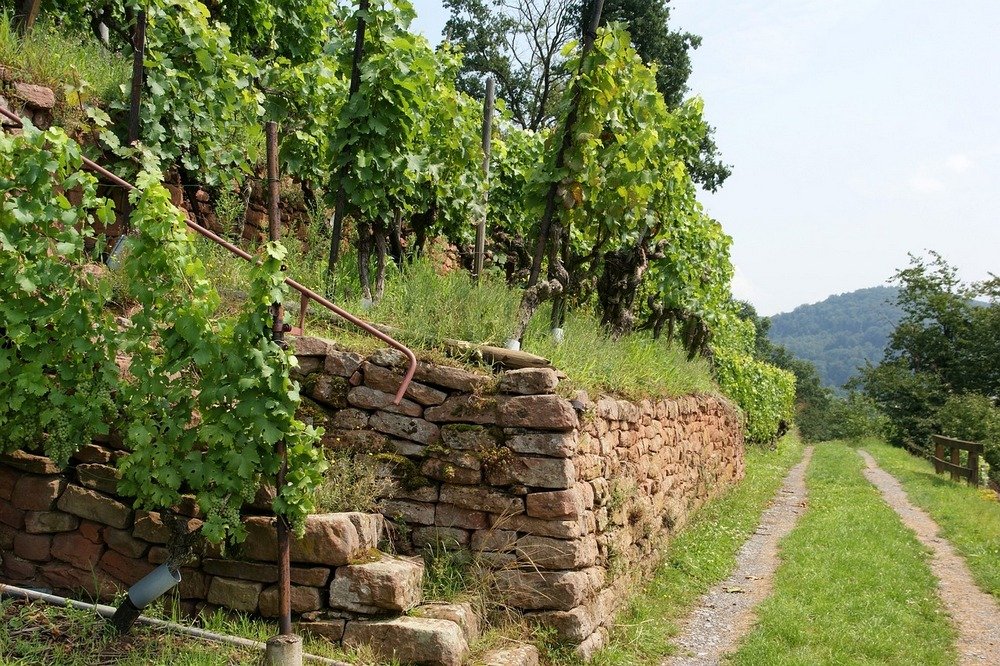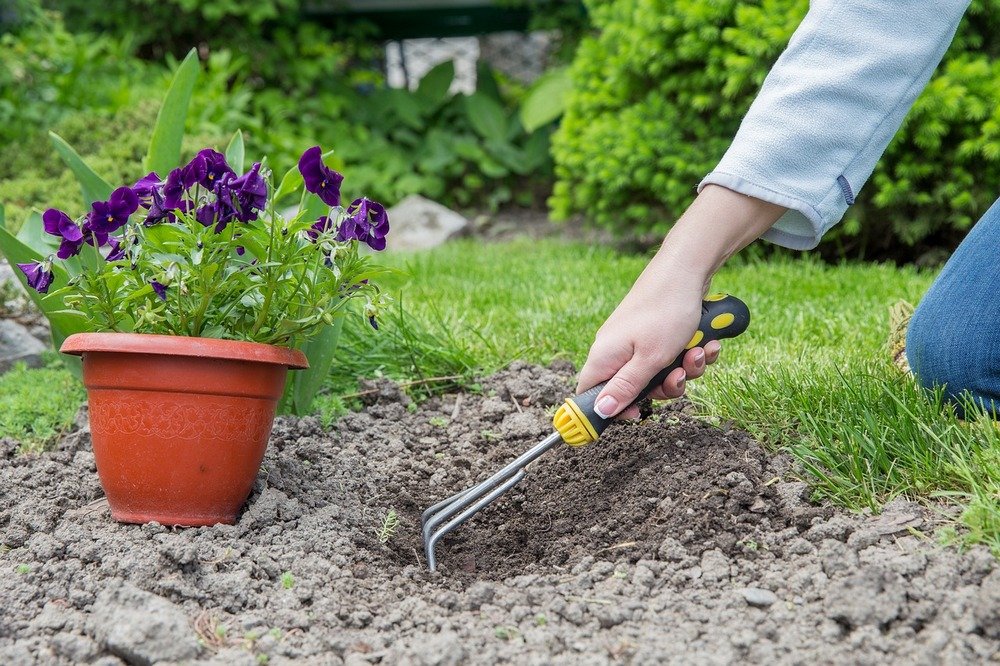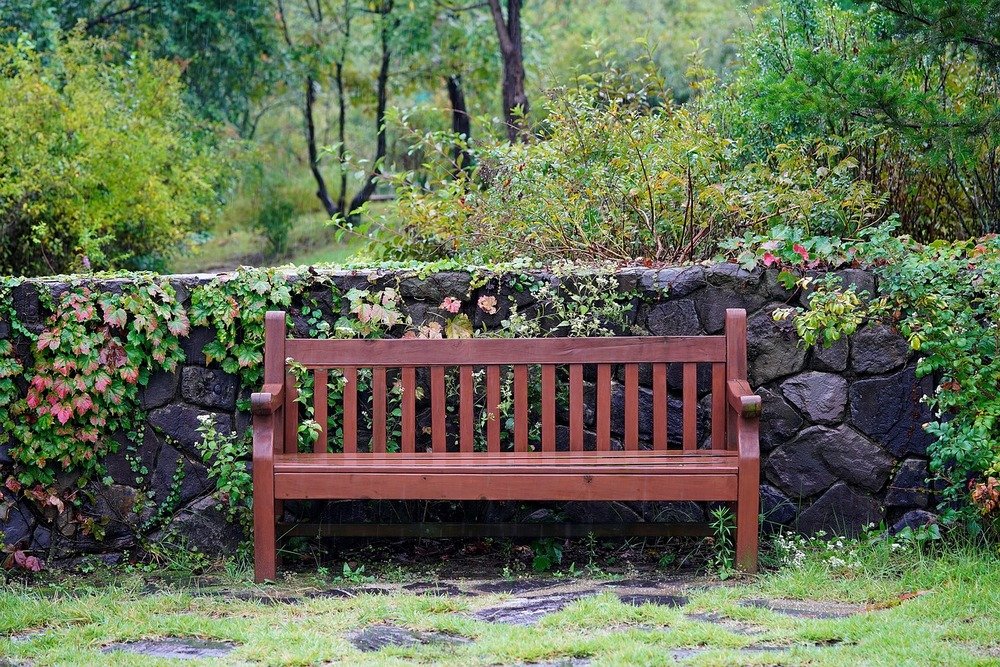Get the week's most popular posts delivered to your inbox.
Our weekly update is free yet priceless and you're less than a minute away from getting the current edition.
In the unlikely event we disappoint, you can unsubscribe with a single click!
Last Updated on November 20, 2025 by teamobn

Transforming a sloped yard can seem challenging, but with the right approach, it can become a stunning and functional space that complements your home. Slopes present unique opportunities for creative landscaping, where terracing and retaining walls can add structure, style, and usability to your outdoor area.
Below, we explore terracing design ideas and how to select retaining wall materials. You’ll also discover tips for choosing plants that stabilize the soil and add beauty to your yard, along with maintenance advice to keep your terraced landscape looking its best.
Contents
- 1 How to Transform Your Yard: Tips on Terracing and Retaining Walls
- 1.1 Choose the Right Retaining Wall Materials for Your Aesthetic and Budget
- 1.2 Design Tiered Terraces for Functionality and Visual Appeal
- 1.3 Implement Essential Drainage Solutions
- 1.4 Incorporate Plants for Erosion Control and Beauty
- 1.5 Add Functional Features to Terraces
- 1.6 Professional vs. DIY Approach
- 1.7 Incorporate Eco-Friendly and Sustainable Practices
- 1.8 Ensure Regular Maintenance for Long-Lasting Terraces and Retaining Walls
- 2 Conclusion
How to Transform Your Yard: Tips on Terracing and Retaining Walls
Assessing the slope and soil of your yard is a crucial first step when planning terracing and retaining walls. It can determine the number and design of terraces or retaining walls required. Further, this evaluation helps you make informed choices about materials, drainage solutions, and plant selection, all of which contribute to the stability and longevity of your landscaping.
The soil type, in particular, plays a significant role in the design and stability of retaining walls. Loose or sandy soils, for instance, may lack the structural strength to support standard retaining walls and can be prone to erosion.
In these cases, deeper foundations or specially engineered wall structures, such as reinforced walls or those with additional backfill materials, may be necessary to ensure stability. Clay-heavy soils are more stable but can hold water and increase hydrostatic pressure behind walls, requiring additional drainage measures.
Here are tips to remember as you transform your sloped yard:
Choose the Right Retaining Wall Materials for Your Aesthetic and Budget
Selecting the ideal material for retaining walls is crucial to balancing style, durability, and budget. For instance, natural stone offers a timeless, rustic look, perfect for traditional landscapes, but can be costlier due to its weight and installation needs.
In contrast, concrete blocks provide a modern, clean appearance and are highly durable, making them preferable for various yard designs. Timber is a more affordable option with a warm, natural look, yet it may require more maintenance to prevent rot.
Design Tiered Terraces for Functionality and Visual Appeal
Creating tiered terraces transforms a sloped yard into multiple usable spaces that add structure and visual interest. Begin by determining how you want to use each level—perhaps a vegetable garden on one, a sitting area on another, and a pathway connecting them.
Further, consider the layout carefully to ensure smooth transitions between terraces, allowing each level to flow naturally into the next. Incorporate steps or gently sloping paths for easy navigation, especially if the slope is steep. Also, varying the heights and shapes of terraces can prevent a monotonous look, creating a more dynamic landscape.
Implement Essential Drainage Solutions
Proper drainage is essential to maintaining the stability of retaining walls and terraces, especially in sloped landscapes where water flow can cause erosion and damage.
Thus, start by assessing the natural flow in your yard, then consider adding weep holes, gravel backfill, and French drains to divert water safely away from walls and terraces. Such solutions protect your retaining structures and maintain the integrity of your terraced landscape for years to come.

Incorporate Plants for Erosion Control and Beauty
Plants play an essential role in the aesthetics and stability of a terraced landscape. For instance, deep-rooted plants, like ornamental grasses and native shrubs, help anchor the soil, reducing erosion while adding texture and colour to your yard.
Ground-cover plants, such as creeping thyme or blue star creeper, spread across the surface, further preventing soil movement and filling bare spots with lush greenery. To soften the hard edges of retaining walls, consider cascading plants that spill over the edges, creating a natural, cohesive look.
Add Functional Features to Terraces
Adding functional features transforms terraces from simple structures into inviting outdoor spaces. For example, seating areas, like small benches or chairs, provide restful spots. Further, lighting is essential for both safety and ambience; solar lights along pathways or recessed lighting on stairs can illuminate the area beautifully.
For added functionality, consider installing a small patio or fire pit on the larger terraces, creating a social space perfect for gatherings. On top of that, walkways and handrails can improve accessibility across the levels, making it easier and safer to navigate.

Professional vs. DIY Approach
A DIY approach may appeal to those with some landscaping experience or a desire to save on labour costs. However, DIY projects can quickly become challenging on steeper slopes, where retaining wall construction requires technical expertise to ensure stability and prevent structural failures. Further, incorrectly installed retaining walls can collapse over time, leading to costly repairs and potential safety hazards.
Thus, hiring a professional is more cost-effective and reliable in the long run. Landscapers bring the knowledge and experience to design walls that suit your specific slope, soil type, and drainage needs. Additionally, a professional can manage permits, recommend suitable materials, and ensure the structure complies with local regulations.
You can use phrases like retaining wall contractor near me during an online search to find a local expert. Ask about their qualifications and explore their portfolio of completed projects to ensure they meet your standards and project requirements.
Incorporate Eco-Friendly and Sustainable Practices
Sustainable practices reduce your project’s environmental impact and align with modern landscaping trends. For instance, using recycled materials for retaining walls, like reclaimed wood or concrete, reduces waste and adds unique character. Another green approach is choosing native plants because they require less water and fewer resources.
Ensure Regular Maintenance for Long-Lasting Terraces and Retaining Walls
Routine maintenance is vital to preserving the beauty and integrity of terraces and retaining walls. Hence, inspect walls for cracks or signs of shifting, as early detection can prevent more extensive repairs. In addition, remove debris and weeds from terraces, as roots can weaken retaining structures over time.
Seasonal care, such as mulching and pruning plants, helps maintain the health of vegetation and keeps terraces looking vibrant.
Conclusion
Transforming a sloped yard offers incredible benefits. For instance, adding terracing and retaining walls can dramatically improve the usability of your outdoor space, turning an otherwise challenging slope into multiple levels for gardening, entertaining, or relaxing.
It enhances the aesthetic appeal of your yard, giving it structure and depth that beautifully complements your home. In addition, a properly terraced yard stabilizes the soil, reducing erosion and protecting your landscape from water damage.
Get the week's most popular posts delivered to your inbox.
Our weekly update is free yet priceless and you're less than a minute away from getting the current edition.
In the unlikely event we disappoint, you can unsubscribe with a single click!






